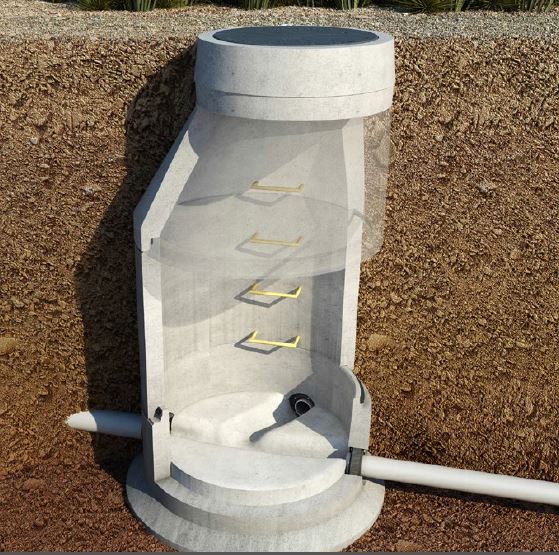Difference between revisions of "1D Manholes"
Jump to navigation
Jump to search
Rohan.king (talk | contribs) |
Rohan.king (talk | contribs) |
||
| Line 25: | Line 25: | ||
=Storage chambers= | =Storage chambers= | ||
*see Section 5.10.3 ''Storage Nodes'' <br> | *see Section 5.10.3 ''Storage Nodes'' <br> | ||
| − | + | ||
a 1d_na node and assign an elevation vs area csv. | a 1d_na node and assign an elevation vs area csv. | ||
<br> | <br> | ||
Revision as of 01:03, 6 February 2016
Page Under Construction
- Losses – fixed, Englehund, automatic manholes etc
- Mitch’s J-type manhole (see TUFLOW forum)
- How to model chambers
Introduction
Manholes are used at culvert junctions to dissipate energy due to:
- Expansion/contraction of flow within the manhole chamber and outlet culverts.
- Change in direction of the culverts (i.e. a bend/deflection).
- Change in height, width or diameter and/or invert level of the adjoining culverts.
The presence of a manhole at a junction point will override the exit loss of any culvert discharging into the manhole and entrance loss of any culvert taking from our of the manhole.
There are 3 types of manholes:
- "C" for circular chambers.
- "R" for rectangular chambers.
- "J" for junctions without a chamber
Losses
Storage chambers
- see Section 5.10.3 Storage Nodes
a 1d_na node and assign an elevation vs area csv.

Any further questions please email TUFLOW support: support@tuflow.com